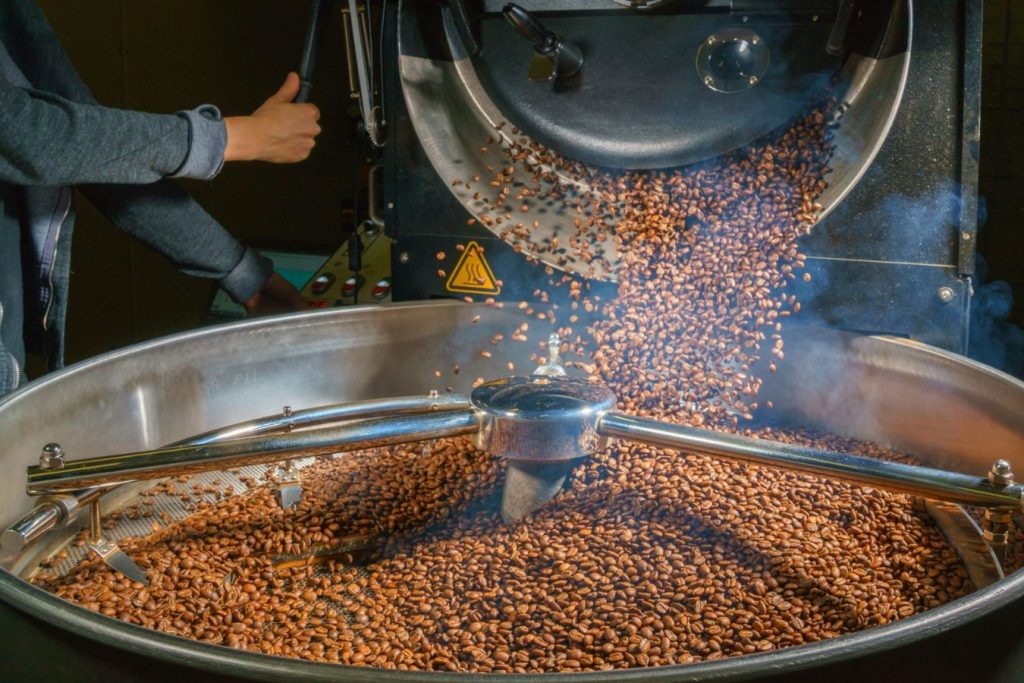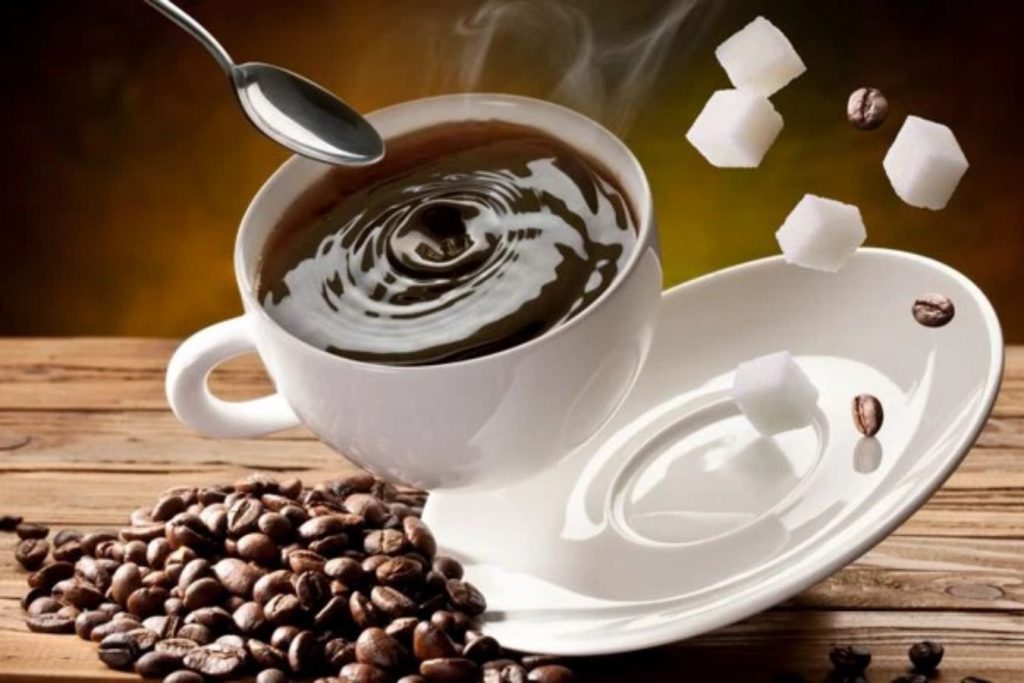
Naturally Sweet Tasting Coffee: Does It Exist? If you roast and brew fresh, unroasted coffee properly, you can get fruity or “chocolatey” aromas. Fresh, unroasted coffee actually contains several types of sugars. Even switching your milk can result in a richer flavor.
It is feasible to produce a “sweet” cup of coffee, but first it is vital to understand how coffee can be sweet. Once you do so, it is simple to find out how to make your coffee taste sweet rather than the bitter taste we’re so used to.
Sweet Tasting Coffee: Why is coffee sweet?
You probably already know that cocoa plants produce coffee, and the fruit’s center is where the beans are collected. Natural sugars like sucrose, arabinose, mannose, glucose, galactose, rhamnose, and xylose are present in it. However, the chemical reaction that takes place when heat is applied to raw beans decreases sugar due to something known as the Maillard reaction.
However, by using coffee beans from high-altitude regions and by altering the way your beans are roasted, ground, and brewed, the drop in sugar in the process that turns your beans into a sweet cup of joe can be minimized. You should be familiar with the Maillard reaction because it happens when you prepare other foods to give them their flavors and colors. Additionally, sugar decomposes when heated after being roasted. Aroma, antioxidants, and color are still present, though. Because coffee has little calories, only a modest amount of sweetness can be used to enhance the flavor.
Buy the right beans
The amount of natural sugar that plants produce varies depending on the region where coffee is cultivated. For instance, robusta beans contain less sugar than Arabica beans. High elevations and milder climates are also known for producing sweeter coffees, as are areas like Colombia, Kenya, Guatemala, Panama, and Ethiopia. To acquire the highest sugar content from your fresh beans, you must get absolutely ripe beans.
For sweeter, fruitier tastes, you should experiment with a variety of flavors and blends from other parts of the world, such as Nario; Filandia, Risaralda, or Oiba; Santander in Colombia; Panama Dry Process Finca Bambito Gesha; or Ethiopian green coffee. Select Kenyan or Costa Rican-sourced beans for richer, more chocolaty flavors.
Roasting
Once you have your fresh beans, you can begin roasting them, but remember to wait until they are completely mature. You have two options for roasting: either do it yourself or ask the coffee shop you’re buying from to do it. You want a light-to-medium roast because a darker roast will likely result in overroasted coffee tasting ashy.
Unwashed, fermented beans typically have sweeter flavors. The caramelization process, which turns sugar into caramelized compounds, can also give a darker roast a caramelized or chocolaty flavor. Lighter roasts, on the other hand, will offer you fruity flavors. Darker roasts also produce stronger amounts of acidity that counteract sweetness. Don’t underdo it, though; if you roast your coffee too lightly, it could end up tasting like cardboard, which is obviously undesirable.
Additionally, you should be aware that excellent coffee isn’t always a result of a fresher roast. Even though whole beans that are a month old are frequently available for purchase in stores, they won’t necessarily produce better coffee than beans that were roasted just a week earlier. To avoid growing stale, it’s crucial that your coffee beans remain exposed to the least amount of oxygen possible. If older beans are not properly stored in airtight containers or sealed packaging, they may create coffee that is less fresh. This should serve as yet another incentive for you to purchase whole beans rather than pre-ground coffee, which becomes stale almost as soon as you open the box.
Brewing
When buying pre-ground coffee, most people start the process with brewing (unless the coffee is specifically acquired from high elevation regions with a light roast, for which you may expect to pay a premium price). This is just another argument in favor of purchasing whole beans—roasted or unroasted—and doing your own coffee grinding. Your coffee will end up being over- or under-oxidized if you use the incorrect grind sizes for the brewer you are using, giving it a bitter or sour flavor. Therefore, it is essential that you use the proper technique to prepare and brew your coffee.
An espresso machine is the ideal brewer to use for naturally sweet coffee. Less sugar has been removed since fine coffee grounds are quickly oxidized and steeped in 20 to 30 seconds. Other brewers can achieve the same controlled oxidation, but espressos are the best choice if you want a cup of coffee with fruity or chocolate undertones.
Coffee roasting is highly accurate, yet there is no exact recipe for doing it. However, because varying brew periods apply, it’s crucial to match the appropriate grind size with your brewing system. A french press, for instance, requires more coarse beans to oxidize at the proper level and doesn’t work well with conventional, off-the-shelf, pre-ground coffee beans.
Tasting Coffee:There is no substitute for sugar
This may appear counter-intuitive to the claims given in this text, but you must accept the fact that it is the case. Regardless of how well you brew your coffee, you won’t get the same sweet flavor that you do when you add sugar or natural sweeteners, but the right preparation can result in a cup of coffee that lessens the bitterness we typically taste in our coffee and has sweet notes that give you a fruity flavor.
The modest amount of sweetness you were able to add to your coffee during preparation can be easily compounded, though, by using lactose-free milk. Lactose-free milk has a shorter sugar molecule. While maintaining the same low-calorie status as your coffee, milk tastes a little sweeter thanks to shorter sugar molecules.
Therefore, stop buying the subpar pre-ground coffee beans you’re used to, learn how to roast, grind, and brew your beans to perfection, and you can make the perfectly balanced, sweet, rich, aromatic coffee that we all deserve. Finding a decent natural sweetener is preferable if you’re trying to replace the sweetness that a spoon or two of sugar delivers.
Sweet Tasting Coffee: Why is coffee sweet?
Sweet Tasting Coffee: Why is coffee sweet?
